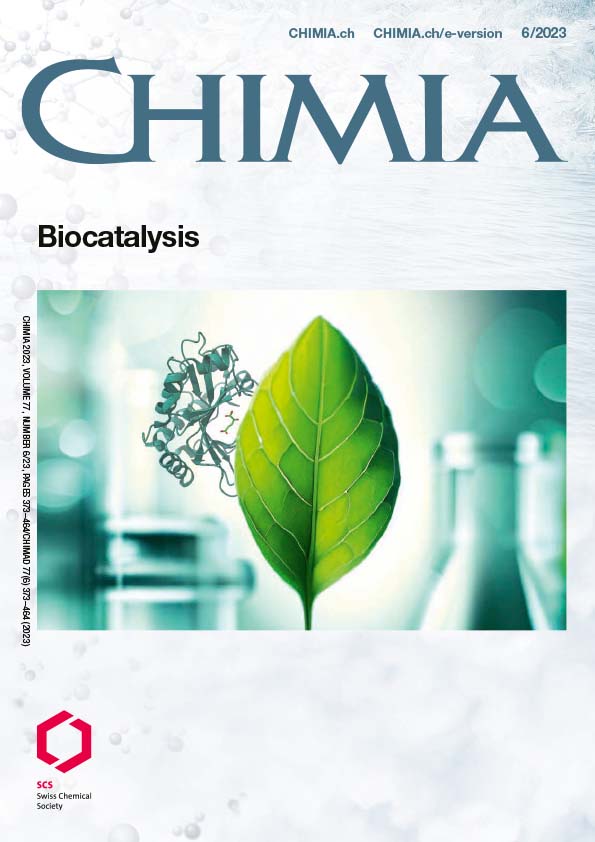Microbial Biocatalysis within Us: The Underexplored Xenobiotic Biotransformation Potential of the Urinary Tract Microbiota
DOI:
https://doi.org/10.2533/chimia.2023.424PMID:
38047782Keywords:
Artificial sweeteners, Biocatalysis, Genome mining, Gut microbiota, Pharmaceuticals, Urinary tract, XenobioticsAbstract
Enzymatic biotransformation of xenobiotics by the human microbiota mediates diet-drug-microbe-host interactions and affects human health. Most research on xenobiotics has focused on the gut microbiota while neglecting other body sites, yet over two-thirds of pharmaceuticals are primarily excreted in urine. As a result, the urinary microbiota is exposed to many xenobiotics in much higher concentrations than in the gut. Microbial xenobiotic biocatalysis in the bladder has implications for urinary tract infections and the emergence of antibiotic resistance. However, we have limited knowledge of biotransformations catalyzed by the urinary microbiota. In this perspective, we investigated differences in physicochemical conditions and microbial community composition between the gut and urinary tract. We used a comparative enzyme class mining approach to profile the distribution of xenobiotic-transforming enzyme homologs in genomes of urinary bacteria. Our analysis revealed a discontinuous distribution of enzyme classes even among closely related organisms. We detected diverse amidase homologs involved in pharmaceutical and dietary additive biotransformation pathways, pinpointing microbial candidates to validate for their involvement in xenobiotic transformations in urine. Overall, we highlight the biocatalytic potential of urinary tract bacteria as a lens to study how the human microbiota may respond and adapt to xenobiotic inputs.
Funding data
Downloads
Additional Files
Published
Issue
Section
License
Copyright (c) 2023 Thierry D. Marti, Milo R. Schärer, Serina L. Robinson

This work is licensed under a Creative Commons Attribution 4.0 International License.







